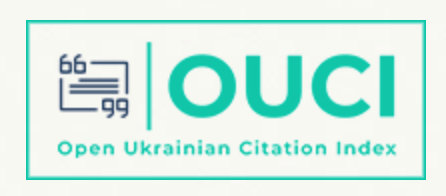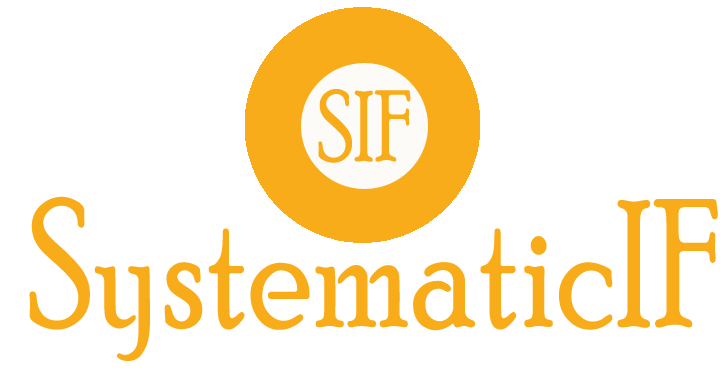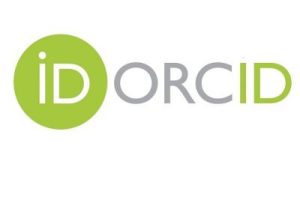Психологічне благополуччя та патерни онлайн-поведінки користувачів соціальних мереж у повсякденності та під час пандемії COVID-19
Анотація
Соціальні мережі є невід’ємною складовою життякожної людини, забезпечуючи задоволення потребу приналежності та релаксації. У період прогре-сування пандемії COVID-19 необхідність у соціа-лізації зростає, внаслідок чого підвищується сту-пінь залученості користувачів. Мета: теоретичнообґрунтувати отримані результати емпіричногодослідження зв’язку типу використання соцме-реж з психологічним благополуччям користувачів(N = 516) у звичайному житті та в умовах всесвітньоїпандемії. Методи: стандартизовані валідні психо-діагностичні методики, авторська анкета, кореля-ційний та факторний аналізи. Результати: Прове-дене дослідження дозволило встановити наступнііндивідуальні особливості поведінки юних корис-тувачів у соціальних мережах у різних життєвихобставинах. Однією з дослідницьких гіпотез було припущення, що через обмеження можливостіспілкуватися та зустрічатися з друзями та близь-кими у період самоізоляції, збільшиться частка вір-туальної комунікації. За час карантину юнаки, які в звичайному житті, віддають перевагу переглядурізноманітних відео-роликів та читанню постів,тобто пасивному використанню, ніж спілкуванню.Проведення часу за різними додатками соцмережє своєрідною копінг-стратегією, що стає тригеромформування соціально-мережевого розладу. Внас-лідок неконтрольованого використання соцме-реж в період самоізоляції юнаки наражаються назміни сну, переважно дисомнію. Під час карантинунадмірна залученість у соцмережі збільшується,призводячи до безсоння. Парні коефіцієнти коре-ляції скарг досліджуваних на “Негативні зміни сну”мають 16 високо достовірних зв’язків у діапа-зоні від r = .156 до r = .444 або ρ ≤ .015 – .0000.Висновки: Відсутність гігієнічного та контрольо-ваного проведення часу у соцмережах у звичайномужитті та під час самоізоляції провокує загостреннятривоги, апатії, пригніченого настрою та відчуттявідірваності від соціуму. Прагнення юнаків пере-нести вимушену ізоляцію без негативних пережи-вань призводить до надмірної онлайн-залученості.
Завантаження
Посилання
2. Корчагина С. Г. Психология одиночества. М.: Московский психолого-социальный институт, 2008. 228 с.
3. Чхаідзе А. О., Самкова О. М. Особливості психологічної стійкості у юнацькому віці. Науковий журнал Інсайт: психологічні виміри суспільства. 2019. 1. С. 51-58. DOI: 10.32999/2663-970X/2019-1-8
4. Barry, Christopher & Sidoti, Chloe & Briggs, Shanelle & Reiter, Shari & Lindsey, Rebecca. Adolescent social media use and mental health from adolescent and parent perspectives. Journal of adolescence. 2017. 61. P. 1-11. DOI: 10.1016/j.adolescence.2017.08.005.
5. Boursier V., Gioia F., Musetti A., Schimmenti A. Facing Loneliness and Anxiety During the COVID-19 Isolation: The Role of Excessive Social Media Use in a Sample of Italian Adults. Frontiers in Psychiatry. 2020. No. 11. P. 1380
6. Cheung, Christy & Chiu, Pui-Yee & Lee, Matthew. Online Social Networks: Why do Students use Facebook? Computers in Human Behavior. 2011. No. 27. Р. 1337-1343. DOI:10.1016 / j.chb.2010.07.028
7. Eijnden, Regina & Lemmens, Jeroen & Valkenburg, Patti. The Social Media Disorder Scale: Validity and psychometric properties. Computers in Human Behavior. 2016. No. 61. Р. 478-487. DOI:10.1016/j.chb.2016.03.038
8. Fahrenberg, J., Hampel, R. & Selg, H. Freiburger Persönlichkeitsinventar (8., erweiterte Aufl.). Göttingen: Hogrefe, 2010.
9. Hugues Sampasa-Kanyinga and Rosamund Lewis. Frequent Use of Social Networking Sites Is Associated with Poor Psychological Functioning Among Children and Adolescents. Cyberpsychology, Behavior, and Social Networking. 2015. No. 18(7). Р. 380-385. DOI: 10.1089/cyber.2015.0055
10. Islam MA, Barna SD, Raihan H, Khan MNA, Hossain MT. Depression and anxiety among university students during the COVID-19 pandemic in Bangladesh: A web-based cross-sectional survey. PLoS ONE. 2020. 15(8): e0238162. DOI: 10.1371/journal.pone.0238162
11. Ivie, E. J., Pettitt, A., Moses, L. J., & Allen, N. B. A meta-analysis of the association between adolescent social media use and depressive symptoms. Journal of Affective Disorders. 2020. No. 275. P. 165–174. DOI: 10.1016/j.jad.2020.06.014
12. Khmiliar, O., Popovych, I., Hrys, A., Pavliuk, M., Zavatska, N., Lytvynenko, O., & Blynova, O. Spatial Regulation of Personality Behavior in the Conditions of Progression of the COVID-19 Pandemic. Revista Inclusiones, 2020. Vol: 7 num Especial. P. 289-306. URL: http://www.revistainclusiones.org/index.php/inclu/article/view/1760
13. Ma Feng, Shevchenko, R. P. & Karhina N. V. Student youth representation of psychological well-being: results of content analysis of works. Insight: the psychological dimensions of society, 2020. 3. P. 44-55. DOI: 10.32999/2663-970X/2020-3-3
14. Primack, B. A., Shensa, A., Sidani, J. E., Whaite, E. O., Lin, L. Y., Rosen, D., Colditz, J. B., Radovic, A., & Miller, E. Social Media Use and Perceived Social Isolation Among Young Adults in the U.S. American journal of preventive medicine. 2017. 53(1). 1–8. DOI: 10.1016/j.amepre.2017.01.010
15. Saiphoo, A. N., & Vahedi, Z. A meta-analytic review of the relationship between social media use and body image disturbance. Computers in Human Behavior. 2019. No. 101. P. 259–275. DOI: 10.1016/j.chb.2019.07.028
16. Seabrook, E. M., Kern, M. L., & Rickard, N. S. Social networking sites, depression, and anxiety: a systematic review. JMIR mental health. 2016. 3(4). e5842.
17. Shakya, H. B., & Christakis, N. A. Association of Facebook Use With Compromised Well-Being: A Longitudinal Study. American journal of epidemiology. 2017. 185(3). 203–211. DOI: 10.1093/aje/kww189
18. Tennant, R., Hiller, L., Fishwick, R., Platt, S., Joseph, S., Weich, S., Parkinson, J., Secker, J., & Stewart-Brown, S. The Warwick-Edinburgh Mental Well-being Scale (WEMWBS): Development and UK validation. Health and Quality of Life Outcomes. 2007.
19. No. 5. Article 63. DOI: 10.1186/1477-7525-5-63 Vannucci, A., Simpson, E. G., Gagnon, S., & Ohannessian, C. M. Social media use and risky behaviors in adolescents: A meta-analysis. Journal of Adolescence . 2020. P. 258–274. DOI: 1016/j.adolescence.2020.01.014
20. Verduyn, P., Ybarra, O., Résibois, M., Jonides, J., & Kross, E. Do Social Network Sites Enhance or Undermine Subjective Well-Being? A Critical Review. Social Issues and Policy Review. 2017. No. 11(1). Р. 274–302. DOI:10.1111/sipr.12033.
Автори, які публікуються у науковому журналі, погоджуються з наступними умовами:
· Всі наукові праці можуть вільно копіюватися і поширюватися на будь якому носії і в будь якому форматі, за умови зазначення покликань на вихідні дані наукової праці.
· Автори залишають за собою право на авторство своєї роботи та передають журналу право першої публікації цієї роботи на умовах ліцензії Creative Commons Attribution License.
· Автори мають право укладати самостійні додаткові угоди щодо неексклюзивного розповсюдження роботи у тому вигляді, в якому вона була опублікована цим журналом (інституційний репозитатрій, особистий веб-сайт, монографія), здійснивши первинне покликання на публікацію роботи в цьому журналі.




































